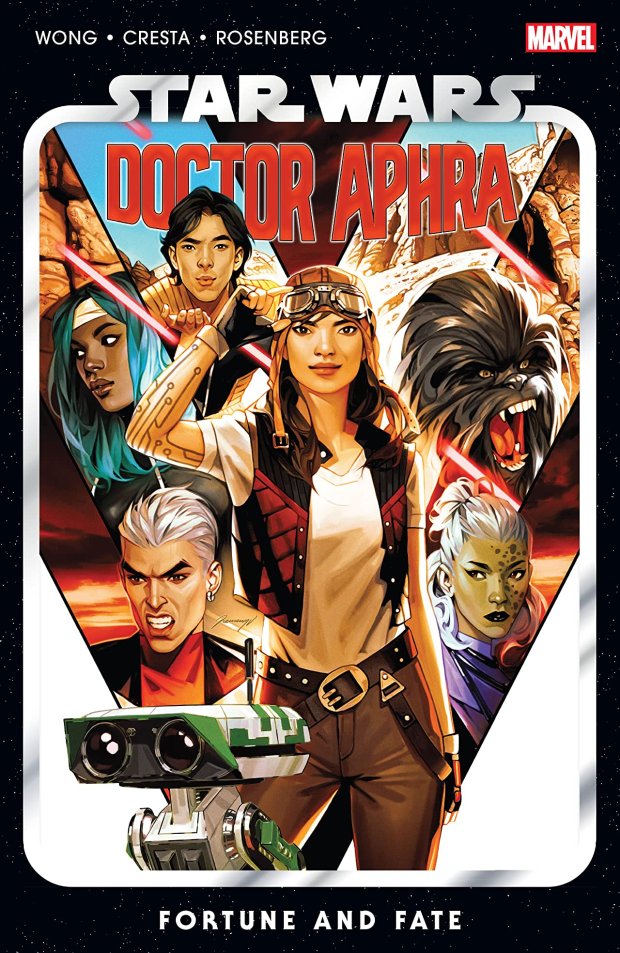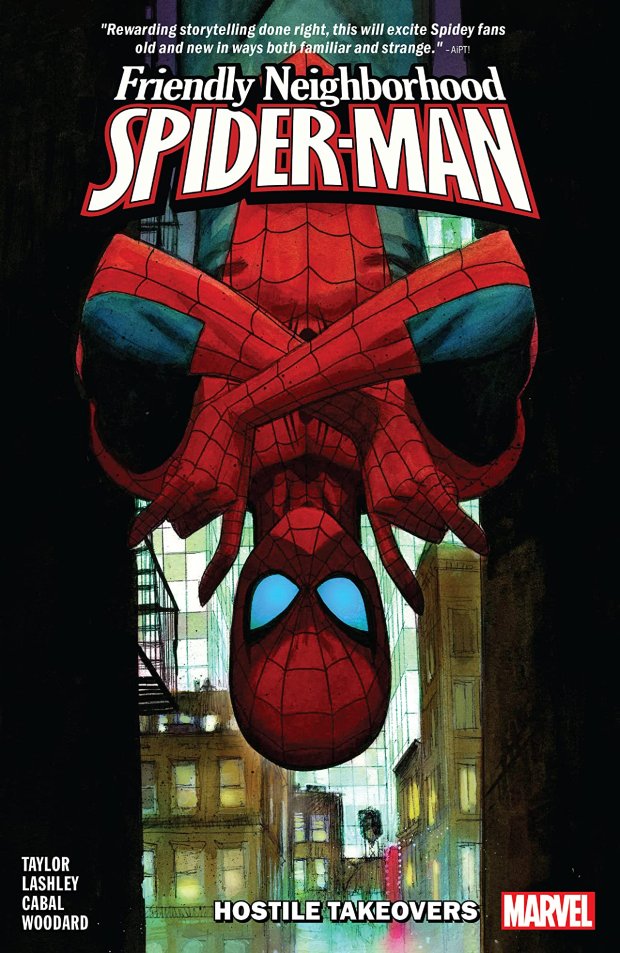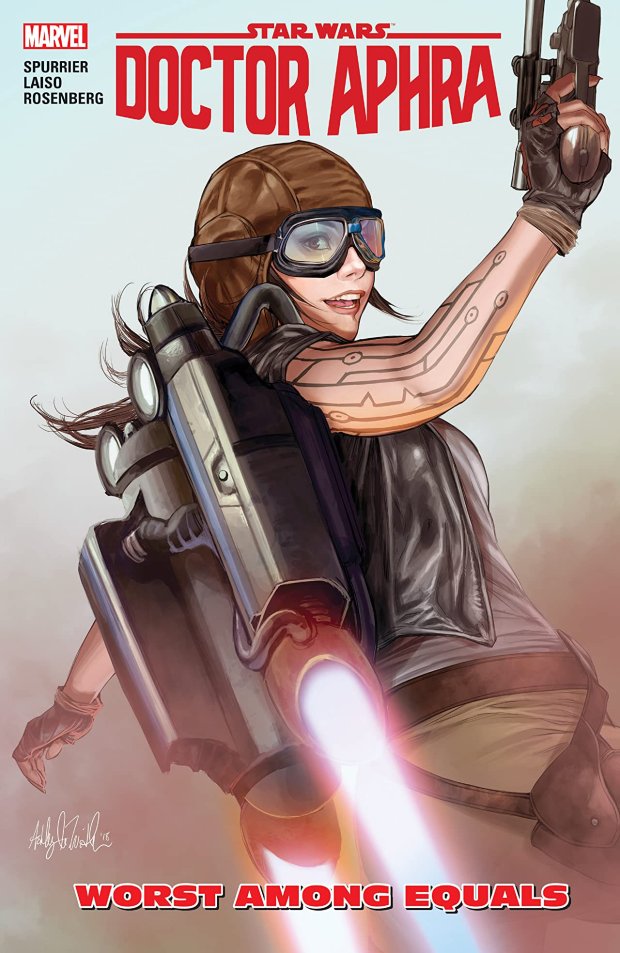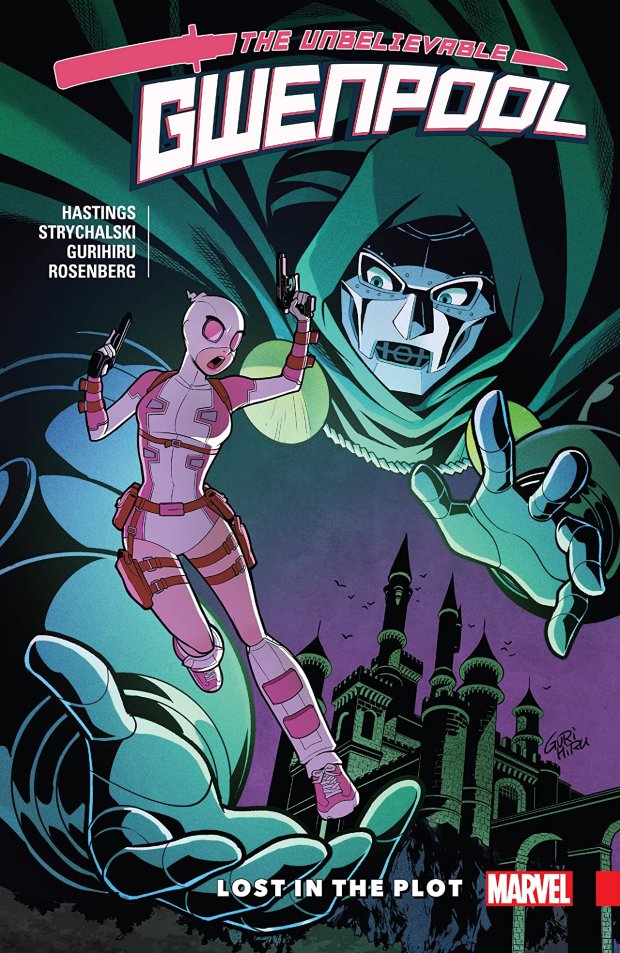by Greg Pak, Víctor Ibáñez, Ruth Redmond, Cory Petit, Roland Paris
issue 3: Scott Hepburn, David Baldeon, Jordi Tarragona, Rachelle Rosenberg
issue 6: Al Barrionuevo, Tom Palmer, Joe Sabino
My inspiration for reading Pak’s Storm run is simple: I’m rewatching the X-Men Animated Series (one of the best depictions of Storm ever), and I needed more Ororo in my life. But while a lot of the covers are great, not everything is firing on all cylinders here.
Storm is an iconic superhero with decades of history, so why does it seem like Pak can’t fully lock in her character? The issues are really disjointed, with one or two issue vignettes that don’t go together. This isn’t always a problem, but the issues don’t feel grounded or connected; if anything, the first two arcs, in which Storm looks for missing women (and ends up apologizing to them), felt a bit too similar.
And we’re surrounded by Storm’s current and ex lovers: Wolverine and Forge respectively, even T’Challa is mentioned several times. At times it felt like Storm wasn’t the star of her own story. So it was ironic that the book finally centered around Storm once she was in grief, but even then, it’s gone by the last issue – not sure if her grief precipitated any real change or growth. Also that third issue with Forge in Africa was….more than a little cringey. Possibly even tone deaf; made me really wish someone like Nnedi Okorafor, Roxane Gay or Vita Ayala was on this title.
It was nice to see Beast pop up a few times, he and Storm have a sweet relationship; but where are Kitty and Rogue? It’s odd that in her own solo series more of her friendships aren’t explored. (The more I think about it the more frustrated i am that Forge, for some reason, was given priority.)
The constantly shifting art team is fine; there’s not much to write home about, which is also a shame for a Storm book. For powers as awesome and visual as controlling the weather, there are few ‘wow’ moments post the opening issue. And the third issue’s new creative team was totally jarring, and while I loved Baldeon’s work on Domino, his and Hepburn’s art was inconsistent with some weird proportions.
I’ll check out the last volume (although it has pretty negative reviews) when I’m not feeling anything else. Frankly I would be so excited to see a new Storm solo series written by a Black writer like any of the folks mentioned above. Storm deserves a kickass solo title, and this isn’t it.




